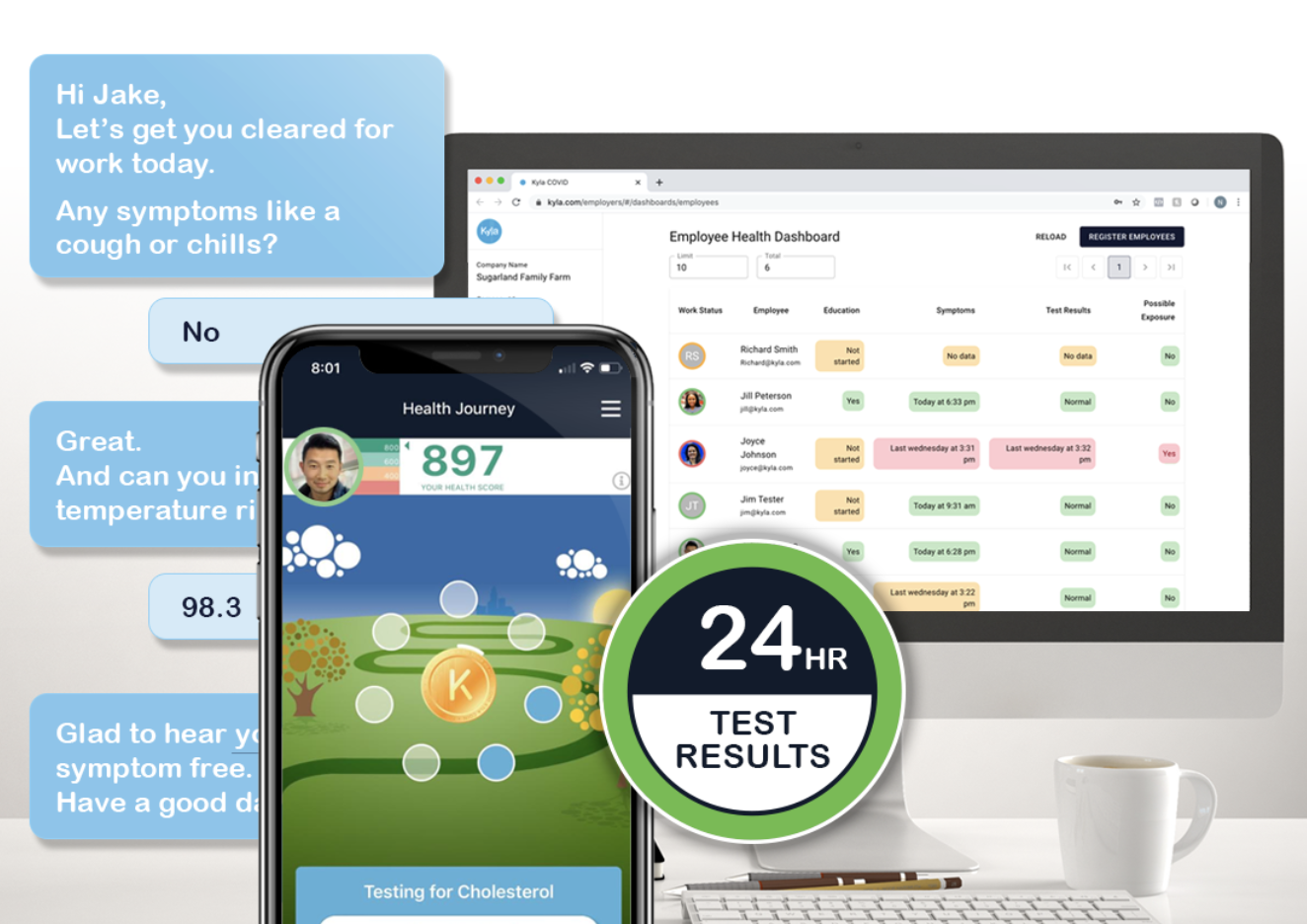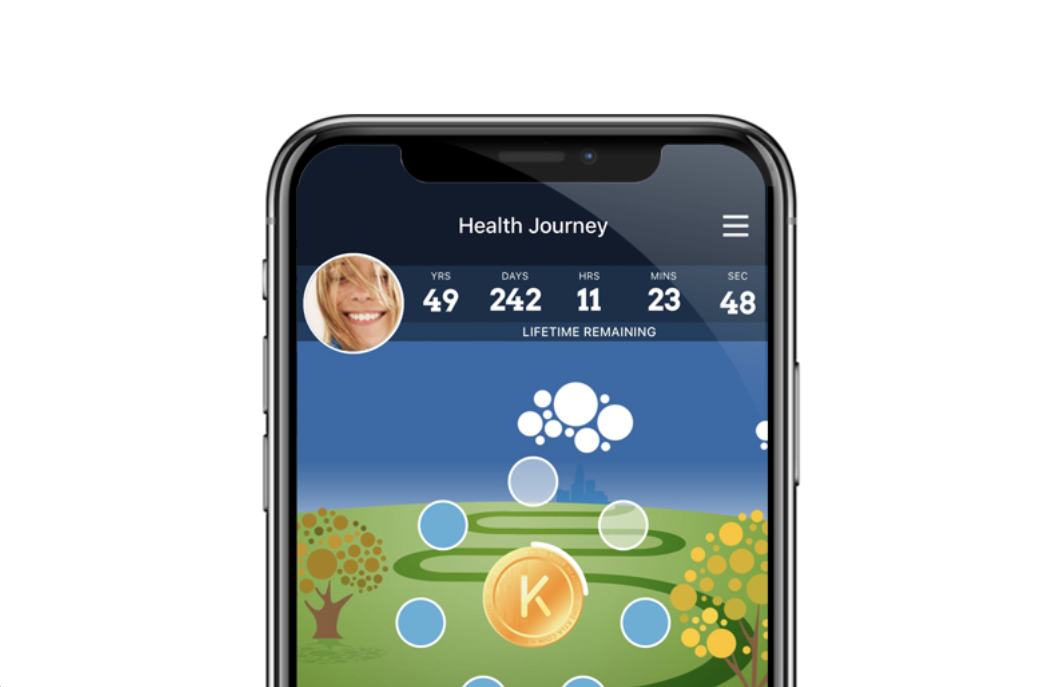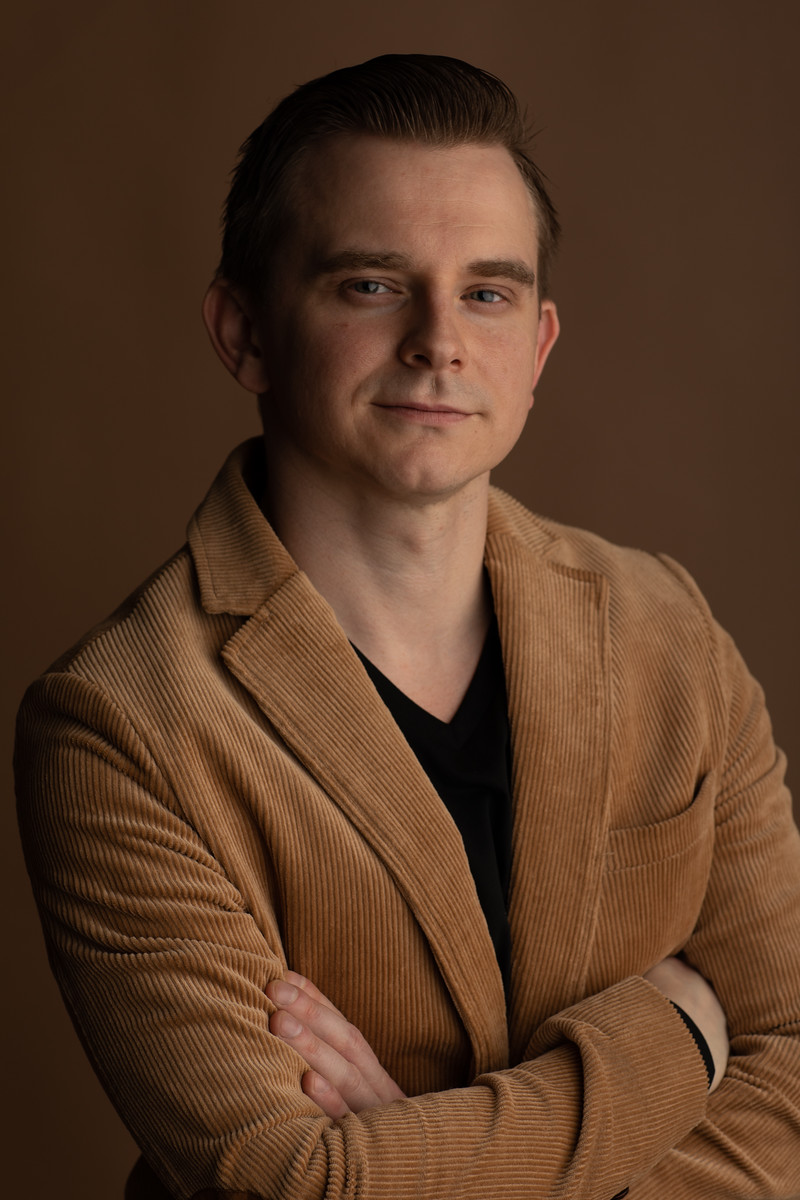By Garick Hismatullin, CEO of Kyla and Action Health
The health of retail employees and other essential workers is one subject thrusted into the spotlight by the COVID-19 pandemic. Considering when office workers were sent to work from home for safety and comfort, retail workers were keeping essential infrastructure running through filling shelves, receiving shipments and serving customers at the checkout, all while risking their lives. Prior to the pandemic, these workers were often treated as an afterthought when it came to perks – like health insurance – regularly given to salaried employees in other industries. This is evidenced by numbers from The Urban Institute which show that close to 27 percent of retail workers are uninsured, with many being required to pay 100 percent of their own insurance out of their poverty-level wages.
Although the pandemic was the catalyst for many tragedies, it has also served as a turning point for public perception around worker health. This refreshed awareness has caused many retail businesses to look for ways in which they can protect their workforce and create a safe and healthy working environment. With the Delta variant becoming more widespread, and mounting evidence that vaccinated individuals can still contract the disease, it’s as vital now as it was in the midst of the pandemic that employers take steps to protect the health of their team members. These same retailers are now acutely aware of the impact outbreaks such as COVID-19 can have on their businesses.
Thankfully, technology has gifted many tools that enable retail businesses to do exactly this. Since the pandemic started, many dedicated platforms have emerged that provide businesses with the resources to ensure the health of their employees – but how exactly can technology do this? There are many functions that can help, but the top three technological capabilities retail businesses should look for include the ability to conduct routine, on-site testing, tracking and tracing capabilities, and integrated outbreak management resources. Below, we’ll explore each function in more detail and how the technology helps businesses to ensure the health of their workforce. Read on to learn more.
Track and Trace
COVID-19 and its many variants have shown us just how unpredictable this virus can be. From COVID toes and memory fog to standard illness markers like a sore throat or dry cough, COVID-19 symptoms come in many forms. As such, an essential tool in any technological platform is the ability to track symptoms each day. In some tools, this may be a morning check via an app-interface, where employees can log any symptoms or other health concerns they may be experiencing to determine whether additional testing is required.

The ability to track symptoms is a key in detecting outbreaks early, and in the event that an infection is detected, it’s equally vital to be able to trace any contacts the infected staff member has encountered. The right technology will foster this via integrated contact tracing features that provide employers with a list of possible contacts so they can be tested and advised to quarantine.
Test Often
If the pandemic taught us anything about mitigating the spread of an illness, it’s that you first need to know who is carrying it. Additionally, research shows that an individual becomes contagious just three days after initial infection, and may not show any symptoms until 12 days after. With this in mind the role that continued testing plays in mitigating the spread of illness is clear. The right tool that will best manage this testing should combine technological capabilities with real-world medical expertise to offer partners who conduct onsite testing while also utilizing QR technology for streamlined check-in and documentation, the automated tracking of testing frequency, and an easy-to-understand interface for the delivery of results to both staff and employers.

Through using this type of tool, retail businesses can test and receive results on the same, or next day for minimal downtime, and there’s no need to employ a team of administrators to view each test result and contact staff members individually. This streamlined process and rapid turnaround means that infected individuals can be detected as early as possible, and outbreak mitigation measures can be rolled out in an effective and agile manner.
Strategize Illness Outbreak Plans
Although the ability to detect outbreaks as they occur is invaluable, the tools are worthless if there isn’t a prescribed outbreak mitigation plan or process in place. Because of this, an essential component of keeping workers healthy is to ensure a set procedure is developed and implemented before an outbreak happens. Many online guides exist that instruct around appropriate methods for outbreak detection and prevention, but many are admin-heavy and require additional workers to effectively implement.
The right technology can take the work out of developing and implementing an illness outbreak strategy through in-built guidelines. These guidelines instruct businesses around sending workers home to quarantine, tracing the employees they have been in contact with, while also utilizing medical professionals via an interface to check in with staff, track their recovery and then provide a clean bill of health when they’re safe to return to work.

Through utilizing the right kind of technology, employers are now better enabled to track and trace their employees, conduct routine same-day results testing, and assist with outbreak mitigation and recovery strategies without the need to employ additional staff members. Although the prospect of another outbreak is enough to strike fear in the hearts of many, thanks to this newly emerged technology it’s important to remember just how much better-equipped we are now for any future pandemics in terms of outbreak prevention and mitigation.
About the author

Garick Hismatullin is the CEO of Kyla and Action Health, a health care company that blends onsite testing for COVID-19 with an employee mobile app and employer dashboard with features such as AI technology built by doctors and engineers to optimize your life expectancy.
Related Articles

Hexnode CEO on how the “Holiday Illusion” is Masking the Risks of Retail’s Seasonal Workforce
The danger of seasonal hires is magnified not just by who is accessing the network, but when they are doing it. Sophisticated threat actors possess a deep understanding of the retail operational calendar.

The New Frugality: How Inflation and Tariffs Are Reshaping Consumer Spending
One of the most telling shifts is how shoppers approach decision-making. Where convenience once dominated, consciousness now plays a larger role. People are researching more before making a purchase, comparing prices across multiple platforms, and questioning whether they really need the product in the first place.

Embracing new concepts vs the return to brick-and-mortar
Balancing the return to physical retail and the development of new technologies to enhance customer experience and drive operational efficiency for long-term success.
Enartis to Acquire Parsec in Winemaking and Retail Deal
The deal will bring Enartis and Parsec together to help wineries manage every part of production more easily and efficiently, from grape to bottle.


 for the latest news and job opportunities in retail tech
for the latest news and job opportunities in retail tech 